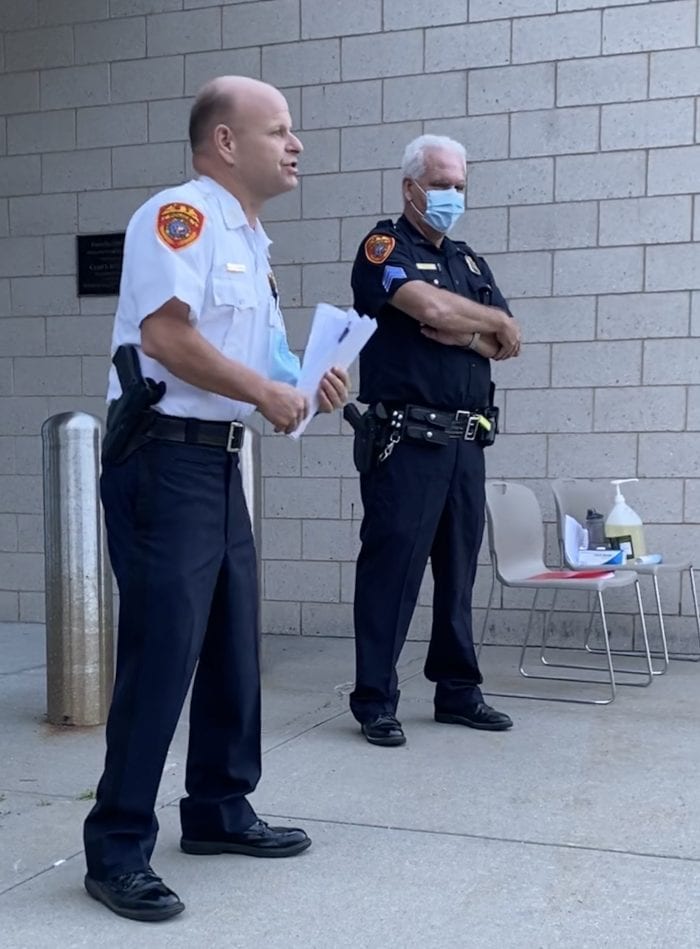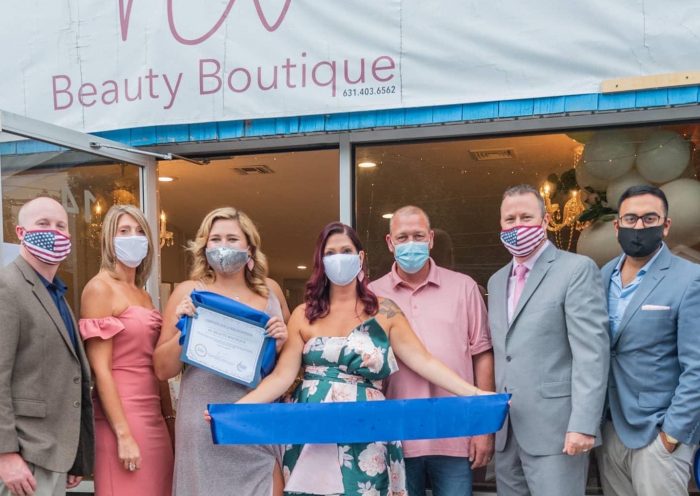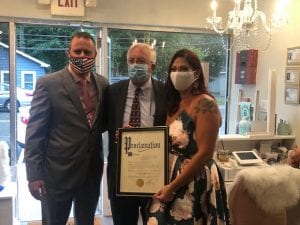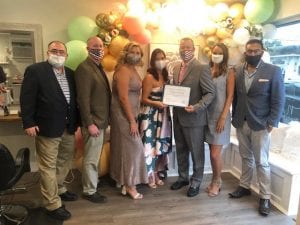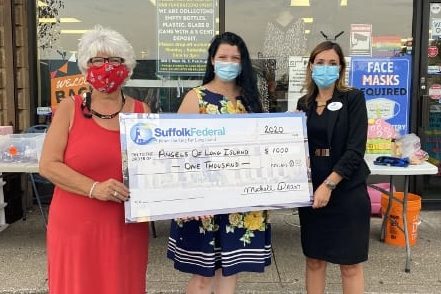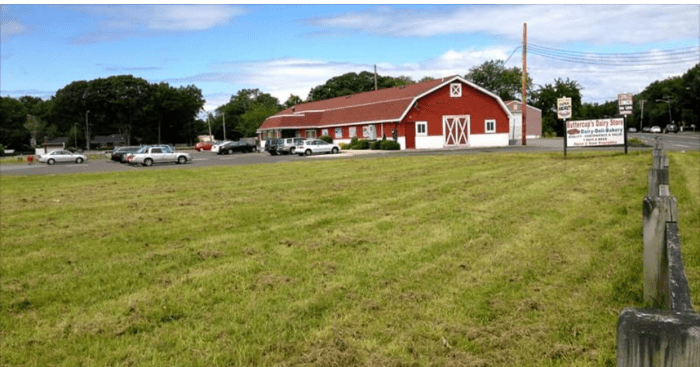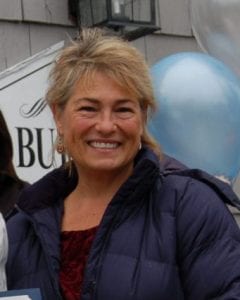We’re not going to lie to you. We know this school year is going to be a tough one.
If the end of the 2019-20 academic year has taught us anything, it’s that getting an education during a pandemic is difficult. Watching parents rally across the North Shore has also shown that not all parents agree with their districts’ plans for the new school year. Some want more in-person learning, while others want options for keeping you home instead.
While it’s imperative for parents and school administrators to work together to provide the best education for their children, for students the most important thing on your minds should be getting that education while staying healthy.
We know some parents feel that their children may have fallen behind during the few months schools went fully remote earlier in the year. All of a sudden switching to remote learning left many districts scurrying to figure out how to best utilize this type of e-learning. While some said they excelled at it, others very much did not.
No matter how you’re returning to school, it’s important for you to raise your hand if something doesn’t make sense whether it’s regarding a lesson or even how to follow public health guidelines.
It can be hard sometimes for a student to admit they don’t know something, but now more than ever it’s important to take control of your studies and your health. Every child has dreams for the future, and it’s the school’s responsibility to help them obtain those goals. So, to students, we say, “Speak up!” Let your parents know how you’re feeling about how things are going, or touch base with a teacher or guidance counselor.
For those who are attending in-person classes, we know you’ll have to handle new precautionary measures such as social distancing, wearing masks when it’s not possible to stand 6 feet away and having temperatures taken upon leaving the house or entering the school. We know a lot of responsibility has been put on your shoulders. What do you do if you see someone not complying? Speak up.
It’s hard, we know. Bullying is a bigger problem than ever so you may not want to call attention to yourself. But with some New York colleges open for only a week or two, we are already seeing some temporary closings, including SUNY Oneonta which at the beginning of the week reported 177 COVID-19 positive cases since the start of the fall semester with 44 students quarantining and 65 in isolation on campus. The guidelines are to help keep you and your loved ones as healthy and safe as possible. It’s imperative to realize that someone can be infectious, even if symptoms aren’t being shown.
We know this is a lot of responsibility to put on young shoulders. But as journalists that have been fortunate enough to interview many of the students in our coverage areas, we know the depth and breadth of the intelligence and empathy of our youth.
To those who will study for hours despite not having immediate access to teachers, and to the student-athletes who continue to practice alone on the field or on the lawn with their parents, we see you. We know you got this.
Our editorial staff also wants to let our young people know that we’re here for you. If you see a persisting problem going on at your school, email us at [email protected], and we’ll look into it. You can even share with us your feelings about navigating these new waters in a letter to the editor to be published right in this very newspaper.
It’s going to be hard, but we’ll get through this together.


